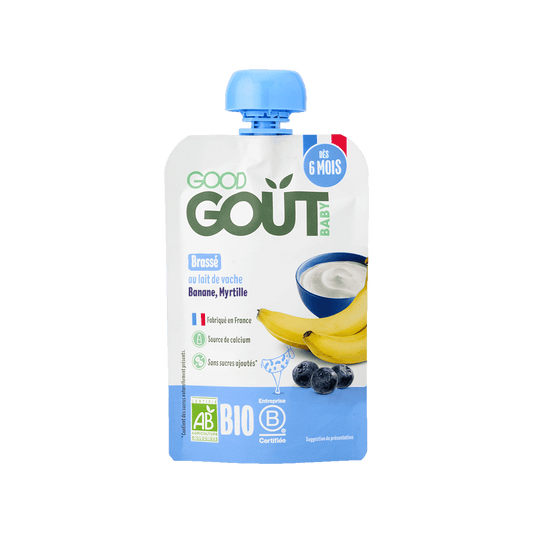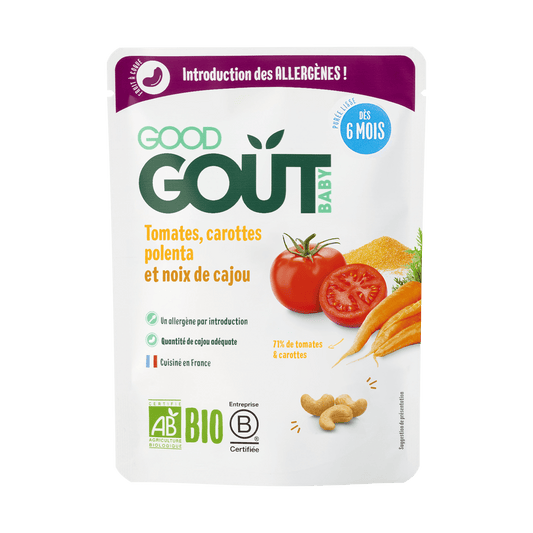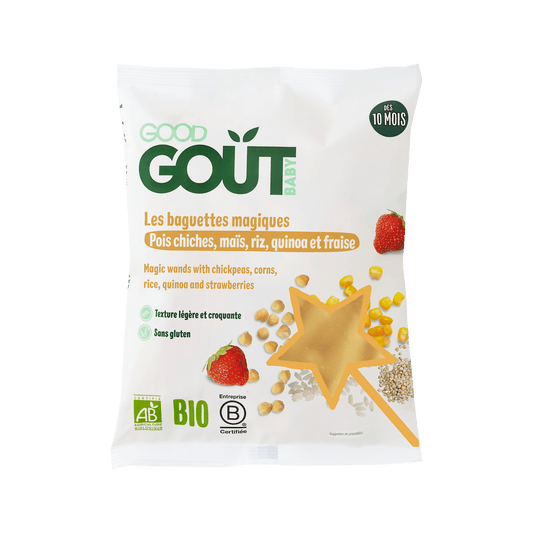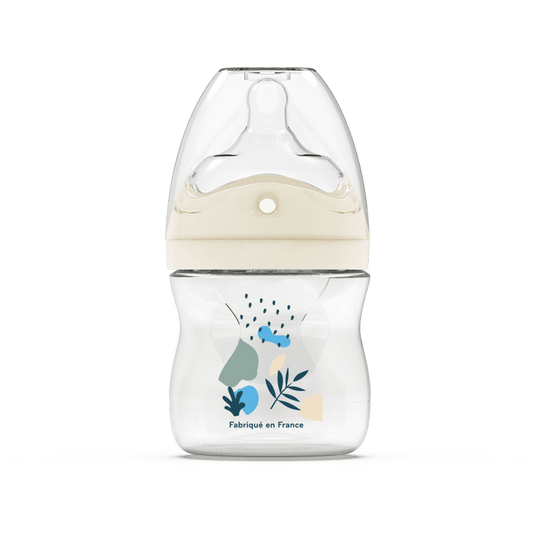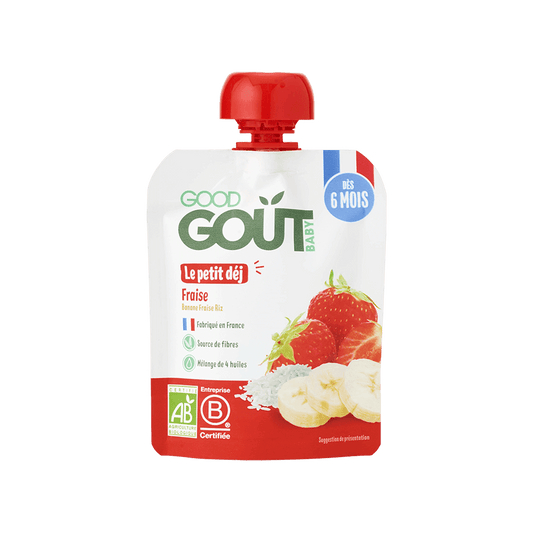"Palm oil-free" has become a quality label for the food products we buy. But what exactly are we talking about? What are the criticisms of this oil, and what consumer behavior should we adopt in stores? Good Goût has taken stock to help you see things more clearly...
What is palm oil and what is it used for?
It’s the most consumed fat in the world! (Does it need to be said that none of the Good Goût products contain it, not our little dishes , not our infant milk ?)
Made from the fruit of the oil palm, a tree native to tropical Africa, palm oil is now cultivated in Indonesia and Malaysia, the world's leading producers, but also in South America (Bolivia and Ecuador) and Africa (Ivory Coast, Cameroon, Congo).
Palm oil is extracted from the pulp of the fruit. It is widely used in cosmetics for its texturizing properties, as well as in many industrial food preparations (breakfast cereals, chips, margarine, biscuits, ice cream, etc.). Indeed, its advantages are numerous since it allows a soft rendering of the product, good conservation, resists high temperatures and is inexpensive .
The health benefits of palm oil
What the "anti" palm oil people say:
- Palm oil is the richest in saturated fatty acids . In excess, these lipids can eventually harden cell walls and clog arteries. A correlation has been observed between the level of saturated fatty acids in the diet, excessively high cholesterol levels and the many cardiovascular disorders of Westerners.
- Additionally, it is often hydrogenated , which makes it more harmful to health. This treatment of the oil creates "trans fatty acids," which are known to be carcinogenic in excess.
What the palm oil "pros" say:
- Palm oil is lower in saturated fatty acids than... butter!
- Unrefined and untreated palm oil has interesting vitamins . For example, it contains a lot of vitamin A: 15 times more than carrots! It is also very rich in vitamin E (it is the 2nd most concentrated oil in this antioxidant, after wheat germ oil!). But obviously, these vitamin levels decrease very sharply after refining, heating and cooking (=and most industrial preparations like cakes are cooked!).
The "environmental" side of palm oil
What the "anti" palm oil people say:
This oil has been much talked about. And for good reason, it is the cause of an environmental and social scandal in Indonesia , Malaysia and South America. The intensive monoculture of these palm trees causes irreversible deforestation of the forest (the trees are burned to be replaced by palm groves). Added to this is a depletion of plant biodiversity, the death of thousands of displaced Bornean orangutans and the expropriation of the inhabitants.
What the palm oil "pro" say:
Palm oil can be destructive... or not! It all depends on its origin and growing conditions. For example, in Magdalena, Colombia, there are certified organic palm plantations that guarantee non-deforestation while contributing to the well-being of the local population. The palm oil is then RSPO (Profitable, Sustainable Palm Oil) certified: a production that takes into account environmental, economic, and social criteria .
So what do we, the consumer, do?!
- We start by limiting our consumption of this oil , favoring homemade meals or baby formulas that only use olive, rapeseed or sunflower oil (excellent lipids for health!).
- If we need to buy spread or biscuits, and they contain palm oil, then we prefer them in the organic version and with the note (see list of ingredients): "non-hydrogenated" .
The must, if you can find the information: favor products that use oil from sustainably managed palm groves.
Please note: There is no requirement to display the term "palm oil" on labels. Learn to spot it: it's often hidden behind "vegetable oil."

